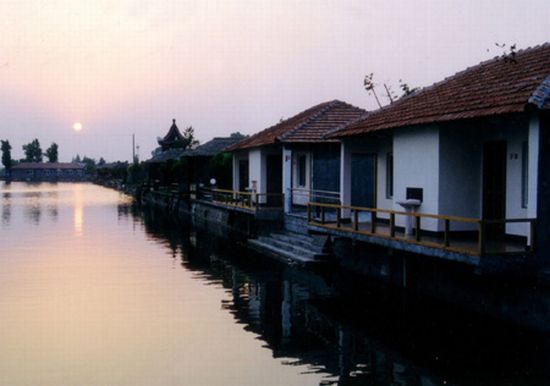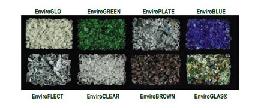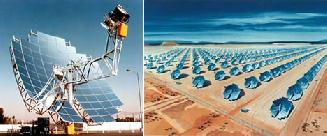
It is those who live in the congested concrete jungles that know the best, the value of clean air and green atmosphere. Yet growing world population and a never ending need to meet the growing energy requirements has made it almost impossible for the world to protect the dense forests and natural splendor that were once common on the surface of the planet. The task of balancing environmental needs with developmental needs becomes all the more difficult in the case of struggling economies of the world. The poor and the still developing nations find the balancing act a bit too hard to carry out and in the process forgo the cause of environment.
China has always been at the center of such a conflict. The nation needs to continuously produce resources to satisfy the needs of its growing population and to improve the lifestyle of its people. Yet, there is the constant pressure of making sure that the development does not destroy the environmental cause. In an effort to restore some credibility and in a last ditch effort to save the scant remaining natural resource available, China has decided to build the world’s first Eco-City.
Chongming Island is very close to Shanghai, yet is almost untouched by modern life. Its tranquil air and the greenery that adorn the Island almost make it look like a paradise when compared to Shanghai which lies just 2 hours away. The island is the venue for the Chinese government’s enterprise of building the world’s first Eco-city. Named as Dongtan, or East Beach, the world’s first sustainable “eco-city” is being built on a plot three-fourths the size of Manhattan. It is a wonderful concept that when complete will be a model city not just in China but on the planet itself.
The city is being designed by some of the top architects and designers of the world along with the help of industrialists. The city is a self-sustained ecology in which all the energy produced by the city is from renewable sources. Wind, water and the sun would cater to the energy needs of this eco friendly city along with some biofuel. This would also mean that the city would have near zero emissions. Even the public transport is powered by biofuel and solar energy. The city will also sport lot of greenery to help recycle the air, so as to keep the freshness of the island alive. The city eventually would support half a million residents and recycles almost all of its waste.
Considering the fact that China contributes the most to carbon emissions and also has a constant problem in revamping itself to suit modern environmental standards; this city is indeed a revelation. If all goes to plan, the city would be operational by 2010. let us hope that bureaucracy and other political factors do not affect this wonderful venture.
Via: Red Orbit




